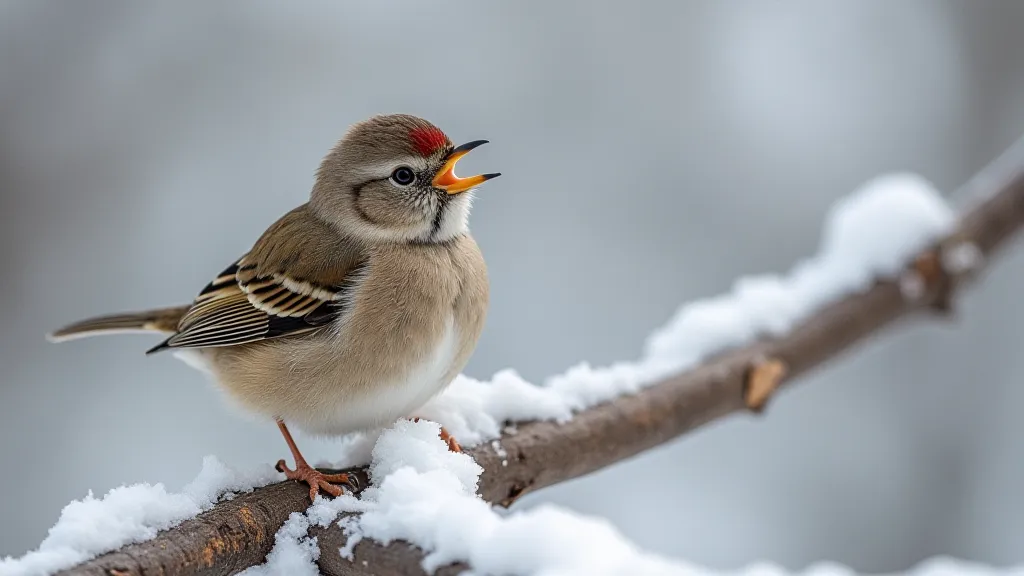Understanding Bird Migration Patterns
Bird migration is one of nature’s most awe-inspiring events. Every year, billions of birds undertake incredible journeys, often spanning thousands of miles, driven by the rhythm of the seasons and the search for food and suitable breeding grounds. Understanding these patterns can significantly enhance your bird watching experiences, allowing you to anticipate arrivals and departures, and appreciate the incredible resilience and navigational skills of these feathered travelers.
Why Do Birds Migrate?
The primary drivers of bird migration are variations in resource availability. As winter approaches in temperate regions, insect populations plummet, and food sources dwindle. Simultaneously, temperatures drop, making survival challenging. Birds migrate to areas where food is more abundant and the climate is milder. Spring sees them return to northern latitudes to take advantage of abundant food and breeding opportunities.

While food is the most common factor, other reasons include:
- Breeding Opportunities: Some birds migrate to specific locations that offer ideal breeding conditions – undisturbed nesting sites, abundant food for chicks, and protection from predators.
- Climate: Avoiding harsh weather conditions like extreme cold or prolonged droughts is crucial for survival.
- Daylight Hours: Longer daylight hours in the north during the breeding season allow birds more time to forage and feed their young.
Types of Bird Migration
Migration isn't a one-size-fits-all phenomenon. Different species employ different strategies:
- Short-Distance Migration: Some birds travel relatively short distances, shifting just a few hundred miles based on local weather patterns.
- Long-Distance Migration: Others undertake truly epic journeys, like the Arctic Tern which travels from the Arctic to the Antarctic and back each year—a round trip of over 44,000 miles!
- Altitudinal Migration: Some birds move up and down mountain slopes, following changes in vegetation and temperature.
- Irruptive Migration: This is less predictable, often triggered by sudden food shortages or population booms. Species like the irruptive finches (e.g., Pine Grosbeak, Evening Grosbeak) might show up in unexpected locations during years with poor food availability in their usual breeding areas.

How Do Birds Navigate?
The navigational abilities of migrating birds are truly remarkable. Scientists believe they use a combination of cues:
- The Earth's Magnetic Field: Many birds have an internal "compass" that allows them to sense the magnetic field and determine direction.
- The Sun and Stars: Birds use the position of the sun during the day and the stars at night to orient themselves.
- Landmarks: Rivers, coastlines, and mountain ranges can serve as visual guides.
- Smell: Some research suggests birds use scent to navigate, particularly during long-distance coastal migrations.
Young, inexperienced birds often learn migration routes from older, more experienced individuals.
How to Track Bird Migration and Enhance Your Bird Watching
Here are some tips for following bird migration:
- Check Local Birding Groups and Online Forums: These are great resources for getting updates on when specific species are expected to arrive or depart.
- Look for "Arrival Dates" in Bird Field Guides: Many field guides include approximate arrival dates for different regions.
- Consider Bird Migration Maps: Many websites and apps provide interactive maps showing predicted migration routes.
- Observe Changes in Bird Behavior: Increased flocking, restlessness, and changes in foraging patterns can be signs that birds are preparing to migrate.
- Listen for Birdsong: The arrival of migratory birds is often heralded by their distinctive songs.

Conclusion
Understanding bird migration patterns adds a whole new layer of appreciation for your bird watching hobby. By learning about the "why" and "how" of migration, you can become a more informed and engaged observer of the natural world. Happy birding!





